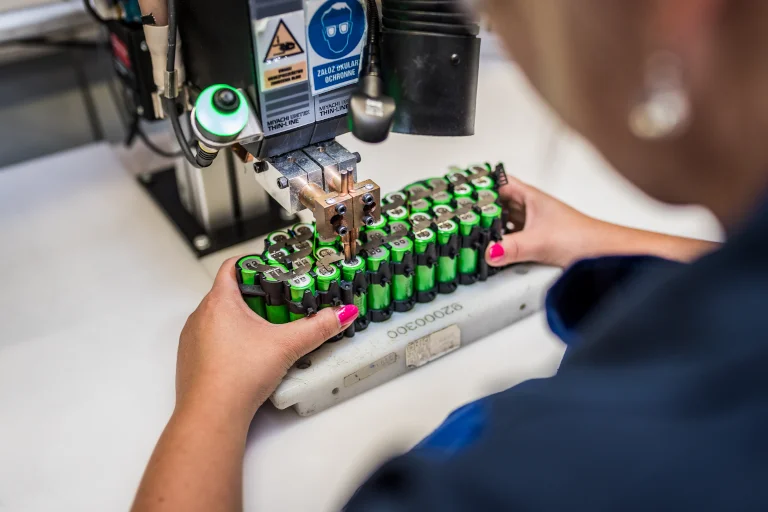The cycle life of a battery is a significant factor. It is essentially the number of times the battery can be charged then discharged, before it reaches its predefined End of Life capacity. The cycle life can be influenced by several factors, and on this page, we’re going to take a short look at what these factors are.
Key Takeaways
-
Charge Regularly: Aim to charge your e-bike battery after each ride to maintain optimal health.
-
Optimal Charge Range: Keep the battery charge between 20% and 85%.
-
Avoid Overcharging: Use the manufacturer’s charger and unplug once fully charged.
-
Proper Storage: Store the battery at around 50% charge if not in use for extended periods.
-
Temperature Awareness: Charge within the recommended temperature range to ensure safety and longevity.
What affects battery life cycle?
Temperature
Temperature can have a huge effect on the cycle life of a battery, as it affects the chemical reactions taking place within. The optimum temperature for a battery is 25°C. Should the battery experience temperatures higher or lower than this figure, it can suffer from capacity loss.
Currents
How we move onto the currents. Quite simply, higher currents usually cause more heat to be generated and more stress on the battery, so it won’t surprise you to read that this can have a negative effect on the life cycle of a battery.
DoD/Voltage window
It is not recommended to charge batteries from 0% SoC to 100% SoC, as this will adversely affect the cycle life. Instead, batteries should be charged from something like 20% to 80%. This can be done by the user, or alternatively, the manufacturer of the BMS can build this feature into their product.
Battery age
This age of a battery also affects life cycle. Older batteries can have a shorter cycle life due to self-discharge and parasitic reactions. This means that batteries stored for a long time before being used will have a lower cycle life.
End of life threshold
The End of Life threshold is set by the manufacturer and is usually somewhere around 60-80% of initial capacity. If one producer defines the EoL as 70%, it will probably have a higher life cycle than if it had been defined as 80%.
It is not always the case that the battery needs to be replaced when it reaches its EoL. It can continue to be used, but will have limited performance, which will further deteriorate over time. On the other hand, batteries can fail earlier than expected, especially if misused, mechanically stressed, or stored outside their recommended conditions.
Check also what are the best batteries for power tools.
FAQ: When to Charge Your E-Bike Battery
When should I charge my e-bike battery?
It’s advisable to charge your e-bike battery after each ride, unless the battery was used for a very short period. Maintaining the charge between 20% and 85% is optimal for battery health. Avoid letting it drop below 20% or fully deplete, as this can shorten its lifespan. Source: EMBS
Is it safe to overcharge an e-bike battery?
Modern e-bike batteries are designed with safety mechanisms to prevent overcharging. Using the manufacturer’s recommended charger and unplugging it once fully charged ensures safety and prolongs battery life. Source: EMBS
How should I store my e-bike battery when not in use?
Store your e-bike battery in a cool, dry place. If not using the bike for an extended period, keep the battery charge around 50% and avoid letting it discharge completely. This helps maintain battery health during storage. Source: EMBS
Can I use any charger for my e-bike battery?
It’s recommended to use the charger provided by the manufacturer. Third-party chargers may not match your battery’s specifications and could lead to overcharging or other issues. Source: EMBS
What temperature is best for charging my e-bike battery?
Charge your e-bike battery in a temperature range of 0°C to 45°C. Avoid charging in extremely hot or cold conditions, as this can affect battery performance and safety. Source: EMBS
About the Author
EMBS
Leading manufacturer of advanced battery systems with a market presence of over 25 years. We specialise in rechargeable lithium-ion batteries, producing a wide range of systems with varying power and capacity.
